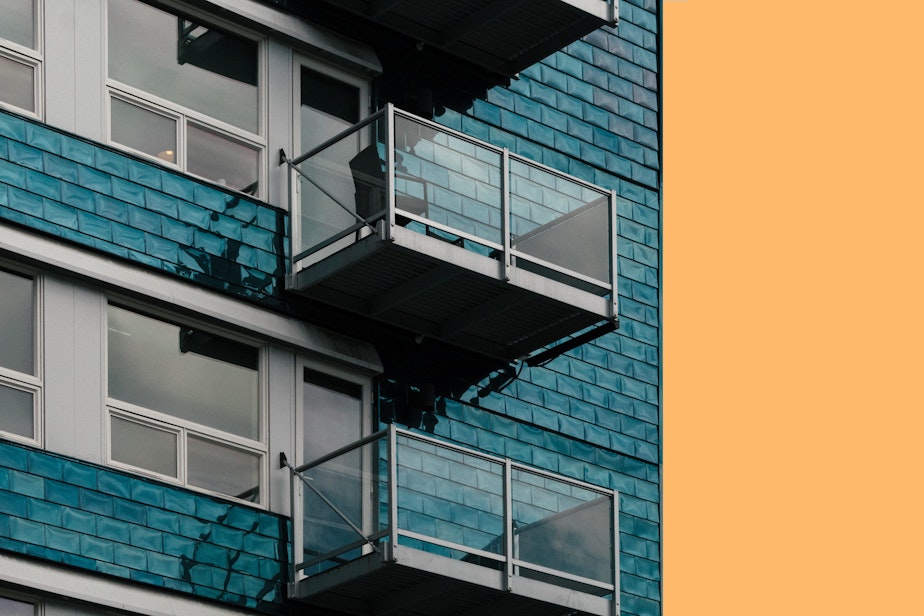Design review process could be axed to speed up housing production in Washington state

The Washington State Legislature advanced a bill this week that would eliminate the time-consuming "design review" process for new housing projects, which builders say could save months of headaches and reduce the administrative cost of producing housing.
An amendment to the proposal allows the review process to remain in place for historic districts like Wallingford.
But the bill still has a long way to go before it could become a law.
Washington needs over one million new homes by the year 2044, according to Governor Jay Inslee.
That's why state legislators are looking at ways to speed up the production of housing. To this end, Representative Amy Walen's (D-Bellevue) House Bill 1026, approved by the housing committee on Thursday, would eliminate "design review" for residential projects.
Several times a week in Seattle, or a little less frequently in smaller cities across Washington, you can attend a meeting in a community center or library where a board of volunteers looks at proposed townhouse projects, for example, and decides whether to approve them or send the designers back to the drawing board.
Design review gives neighbors a little control over changes on their block, especially for projects meeting a certain size threshold.
Neighbors praise projects they like, and ask for changes to projects they don't.
Some of those requests are beyond the limited power of volunteer design review boards to grant. For example, a design review board can't require a developer to include more parking stalls if city zoning laws don't require them.
But design review boards do have the ability to negotiate with developers, allowing certain "departures" from city rules. An example would be allowing a driveway to grow a little, in exchange for concessions that benefit the neighborhood, such as a mural or a slight setback of an upper story to allow more sunlight.
Another thing design review boards can do is influence the selection of materials used to clad a building.
Josie Cummings is with the Building Industry Association of Washington. She testified to the legislature that the back-and-forth process with design review boards adds months to the approval process — and for what?
“We’re not talking about health and safety standards and codes — we’re talking about color swatches and aesthetics,” she said.
The Building Industry Association of Washington says in a couple of cases in Seattle, the design review process has added years to a project's timeline.
Historic districts like Wallingford can still use design review
A recent amendment to the bill would give a special status to historic districts, like the one just created for Wallingford. Those neighborhoods could still require design review.
RELATED: Seattle's Wallingford neighborhood gets 'historic district' status
The chair of the housing committee, Rep. Strom Peterson (D-Edmonds) voted to approve the amendment, but added he'd like to change the amendment's language “to make sure that entire neighborhoods aren’t said to be historic for the purpose of limiting opportunities to increase housing and increase density.”
The bill still has a long way to go before it could become a law, and will likely go through more changes. It could also be combined with other bills that seek to change the way design review boards work across the state.
Association of Washington Cities' lobbyist Carl Schroeder said his organization supports the bill (he called this support "surprising," given that it curbs some local power). He said that support depends on the ability of cities like Poulsbo and Leavenworth to set and enforce design standards. Gingerbread-style architecture in those communities helps draw tourists.
Under the current version of the bill, design standards are still enforced — it's just that city administrators take up more of that work. For this reason, backers of the bill say that volunteer design review boards will be replaced by "administrative design review." The idea is that these city staffers are more objective and less unpredictable than volunteer board members, each of whom bring their own suite of subjective aesthetic preferences to the table.

